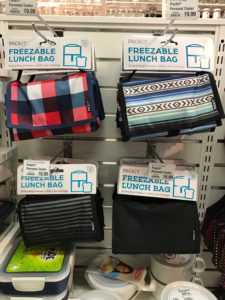
My favorite Lunch Box (it has freezer packs built right in!)
MONDAY
Smoked salmon and Paleo Gingered Beets. This smoked salmon from Vital Choice has no sugar.
TUESDAY
Jalapeno-dill Tuna Salad from The 21-Day Sugar Detox Cookbook
WEDNESDAY
Turkey, Bacon, and Avocado Lettuce Wraps
Directions:
Layer sliced turkey, bacon slices, and avocado on the inside of romaine lettuce. Top with a drizzle of mustard. Optional: add additional veggies – sprinkle with diced olives, diced tomato, diced onions, pickles, or peppercinis, etc.
I like to make about 3-4 of these depending on how hungry you usually are at lunch time.
THURSDAY
Shrimp and Avocado Salad and a green salad.
Basic Salad Building Rules:
Greens – Choose your base of greens: spinach, kale, mixed greens, romaine, butter lettuce, etc.
Veggies – Add more veg: bell peppers, carrots, beets, cucumbers, artichokes, radishes, avocado, jicama, cabbage, etc.
Fruits – Add some fruit!
Nuts/Seeds – Add a sprinkling of pumpkin seeds, pecans, almonds, macadamia nuts, etc.
Cheese – Add some feta, goat cheese, parmesan, or whatever cheese you have on hand.
Salad Dressing – check out this post of my favorite homemade salad dressings.
BOOM! Now you ave an epic salad to go with your shrimp and avocado salad.
FRIDAY
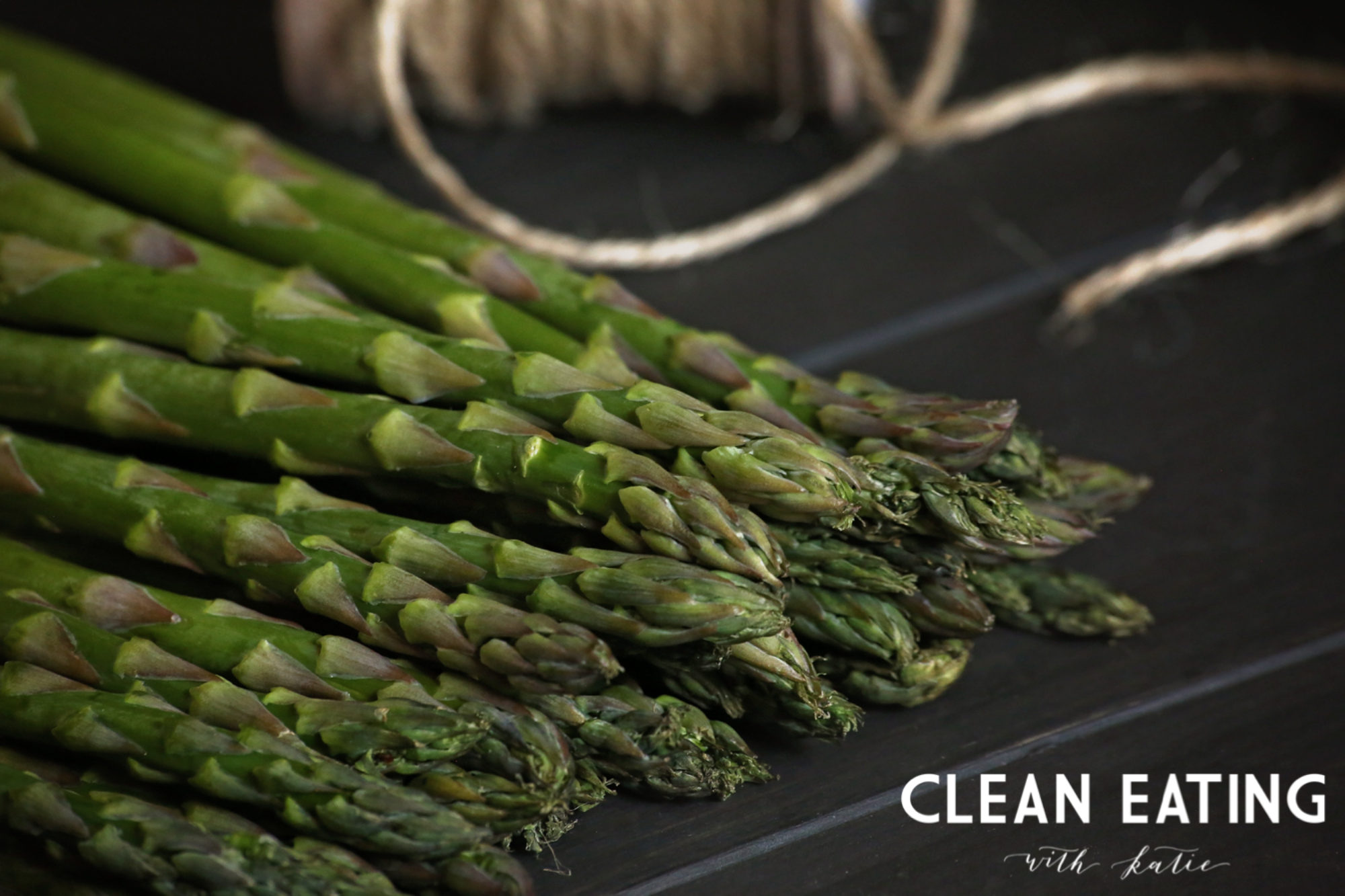




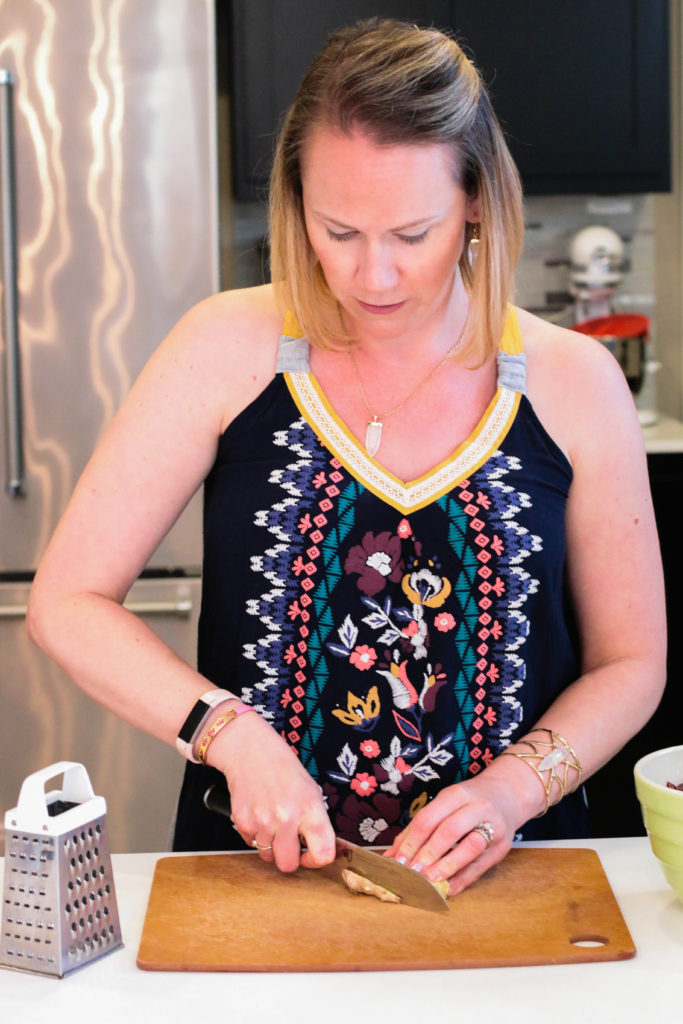
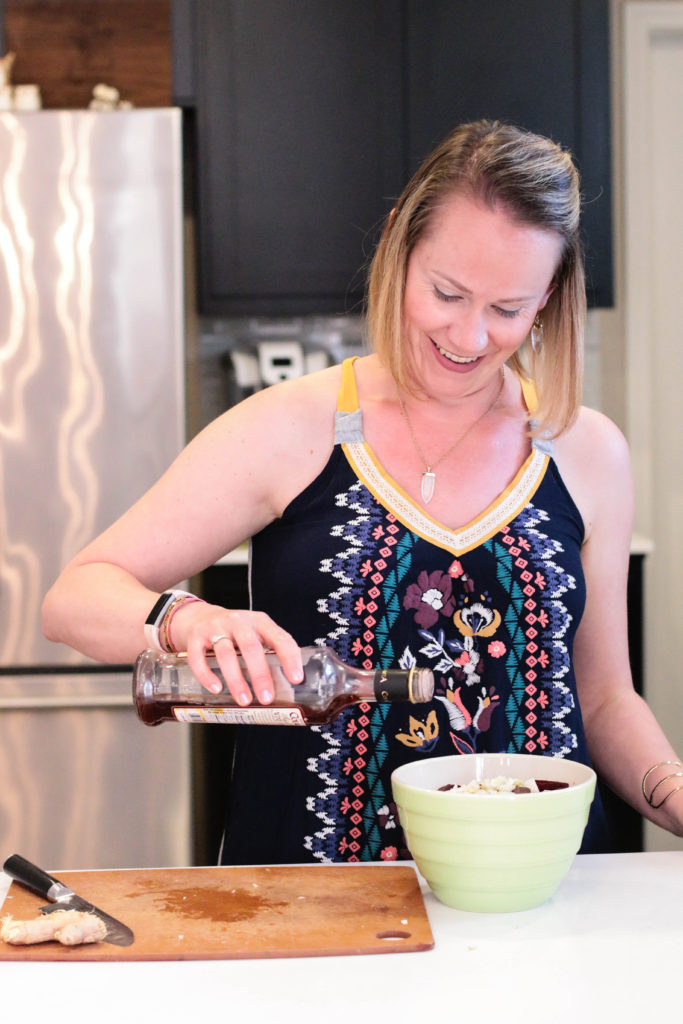

 Self-care isn’t selfish, it’s actually really important for your health and wellbeing. It’s also important to focus on self-care when you are switching to a real foods diet. Here are my Seven Tips for Self Care:
Self-care isn’t selfish, it’s actually really important for your health and wellbeing. It’s also important to focus on self-care when you are switching to a real foods diet. Here are my Seven Tips for Self Care: allenges with weight loss. In fact, in Robb Wolf’s book,
allenges with weight loss. In fact, in Robb Wolf’s book, 
 eep (I know, some of you probably would like to kill me!). Although, during chemotherapy, I had a helluva time trying to sleep, so I DO know what it is like for you insomniacs! My problem is that I have ALWAYS had such a hard time waking up. My mom would tell you that, even as a child, it would take me 30-60 minutes to wake up!! I figure that if I got more restful sleep, I should wake up with relative ease, even at 5:30am. So while on the surface, I don’t have a major sleep problem, being tired all the time and taking 30 minutes to wake up were red flags for me.
eep (I know, some of you probably would like to kill me!). Although, during chemotherapy, I had a helluva time trying to sleep, so I DO know what it is like for you insomniacs! My problem is that I have ALWAYS had such a hard time waking up. My mom would tell you that, even as a child, it would take me 30-60 minutes to wake up!! I figure that if I got more restful sleep, I should wake up with relative ease, even at 5:30am. So while on the surface, I don’t have a major sleep problem, being tired all the time and taking 30 minutes to wake up were red flags for me.
 oday. Three years ago, I first discovered my lump. I recently shared my story with Tanya West of Go With West and she is featuring it on her blog. You can find it here:
oday. Three years ago, I first discovered my lump. I recently shared my story with Tanya West of Go With West and she is featuring it on her blog. You can find it here:  Jennifer Tyler Lee suggests making a sauce using pomegranates instead of cranberries or add them to a wild rice and pistachio dish. Both sound delicious!
Jennifer Tyler Lee suggests making a sauce using pomegranates instead of cranberries or add them to a wild rice and pistachio dish. Both sound delicious! wrote the forward to the book
wrote the forward to the book 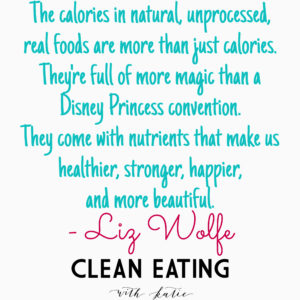 Then, Wolfe details important nutrients that we can only get from animals. If you’re a vegan, she gets it. I get it. But the science of why we need animals in our diets for optimal nutrition is clear. She goes on to illustrate many of the lies of the nutrition industrial complex. Wolfe teaches that Vitamin A can only be obtained from animals. I know, you’re thinking, wait what?? Hello, um, carrots?? The thing is that plants contain beta-carotene, which is a precursor to vitamin A. As Wolfe explains, “…it can, in some circumstances, through a series of chemical conversions within the human body, be converted into true vitamin A (Wolfe, 2013, p.202)”. There are many more mind-blowing gems like this one throughout this book.
Then, Wolfe details important nutrients that we can only get from animals. If you’re a vegan, she gets it. I get it. But the science of why we need animals in our diets for optimal nutrition is clear. She goes on to illustrate many of the lies of the nutrition industrial complex. Wolfe teaches that Vitamin A can only be obtained from animals. I know, you’re thinking, wait what?? Hello, um, carrots?? The thing is that plants contain beta-carotene, which is a precursor to vitamin A. As Wolfe explains, “…it can, in some circumstances, through a series of chemical conversions within the human body, be converted into true vitamin A (Wolfe, 2013, p.202)”. There are many more mind-blowing gems like this one throughout this book.